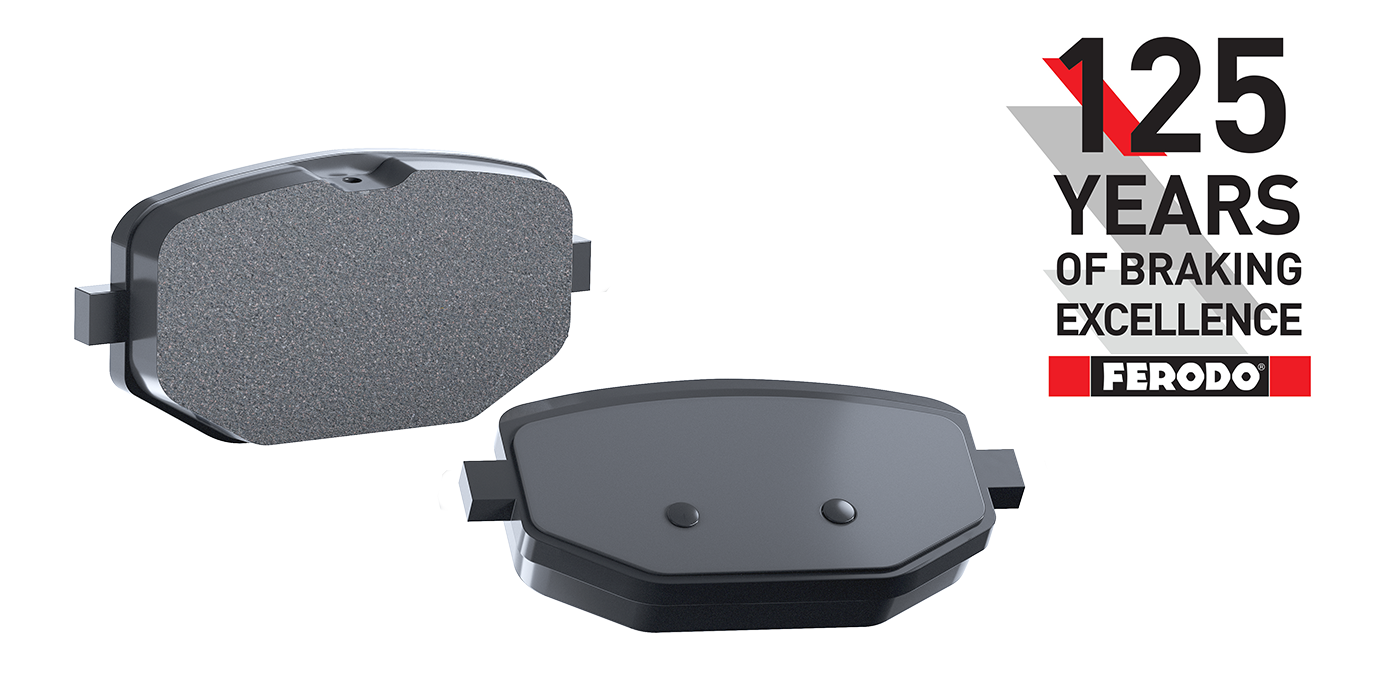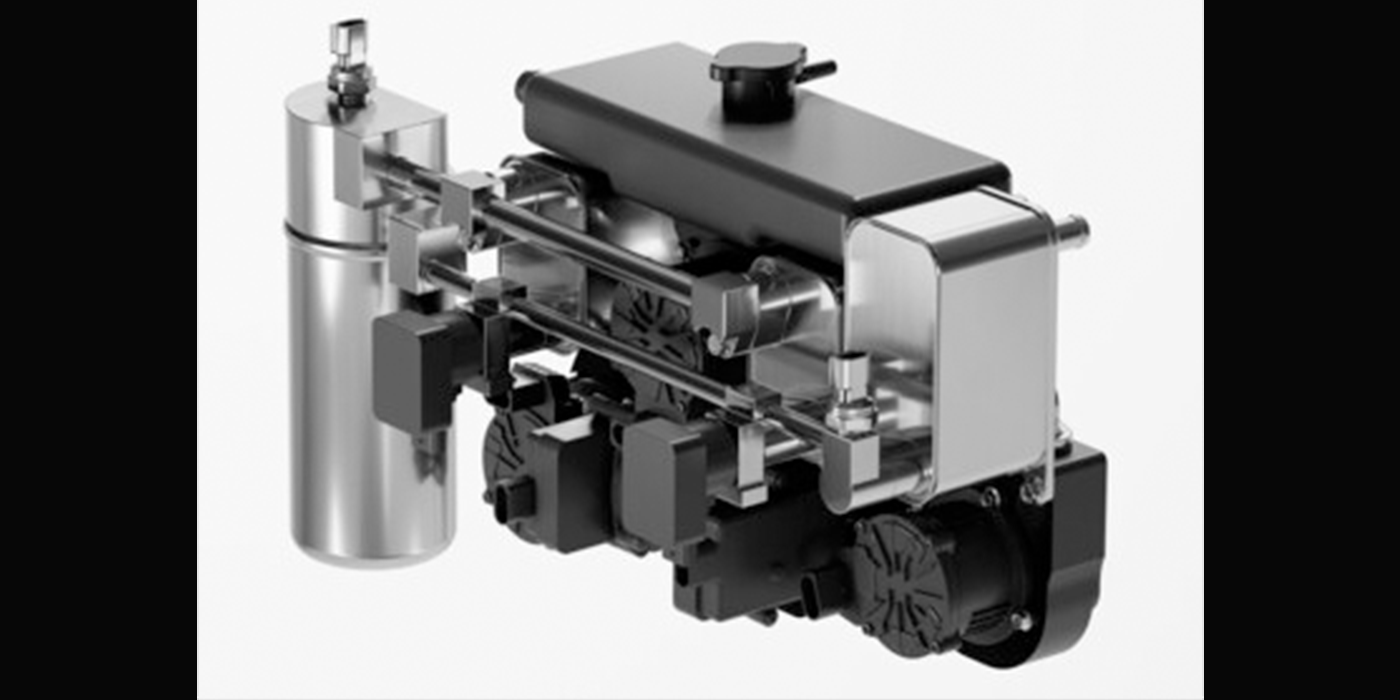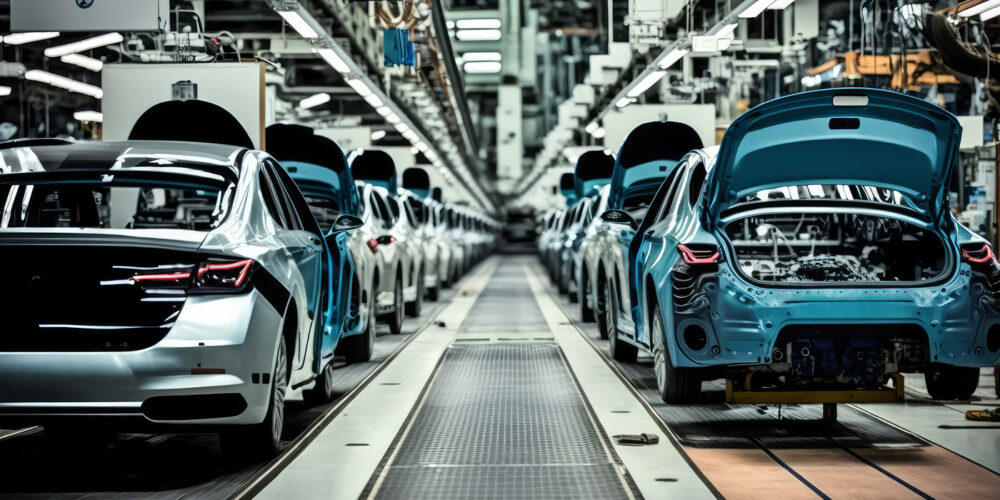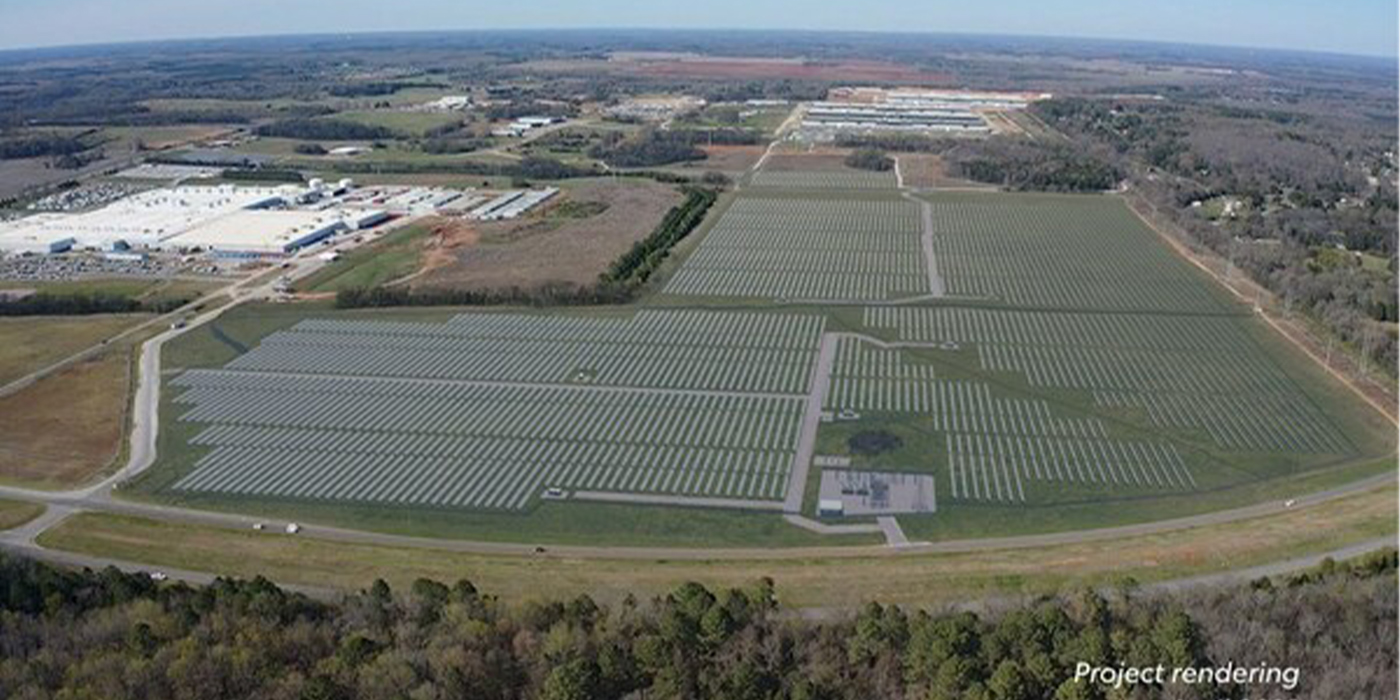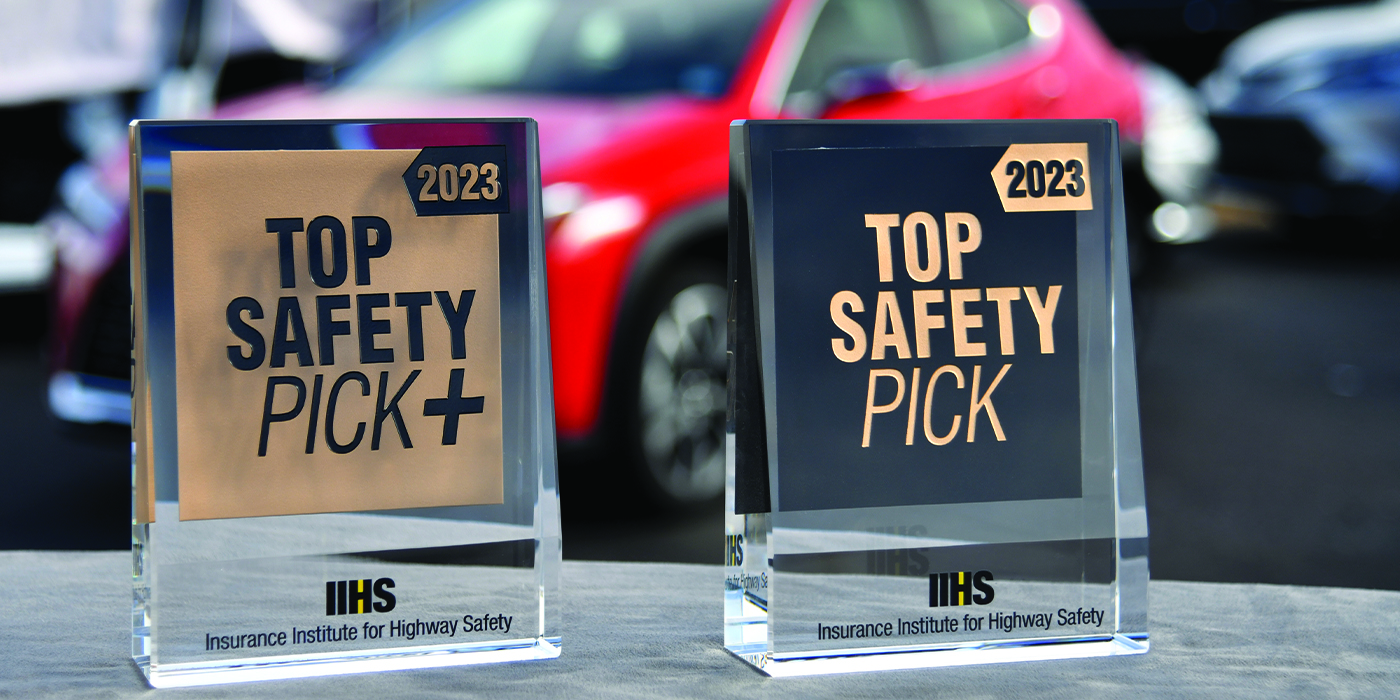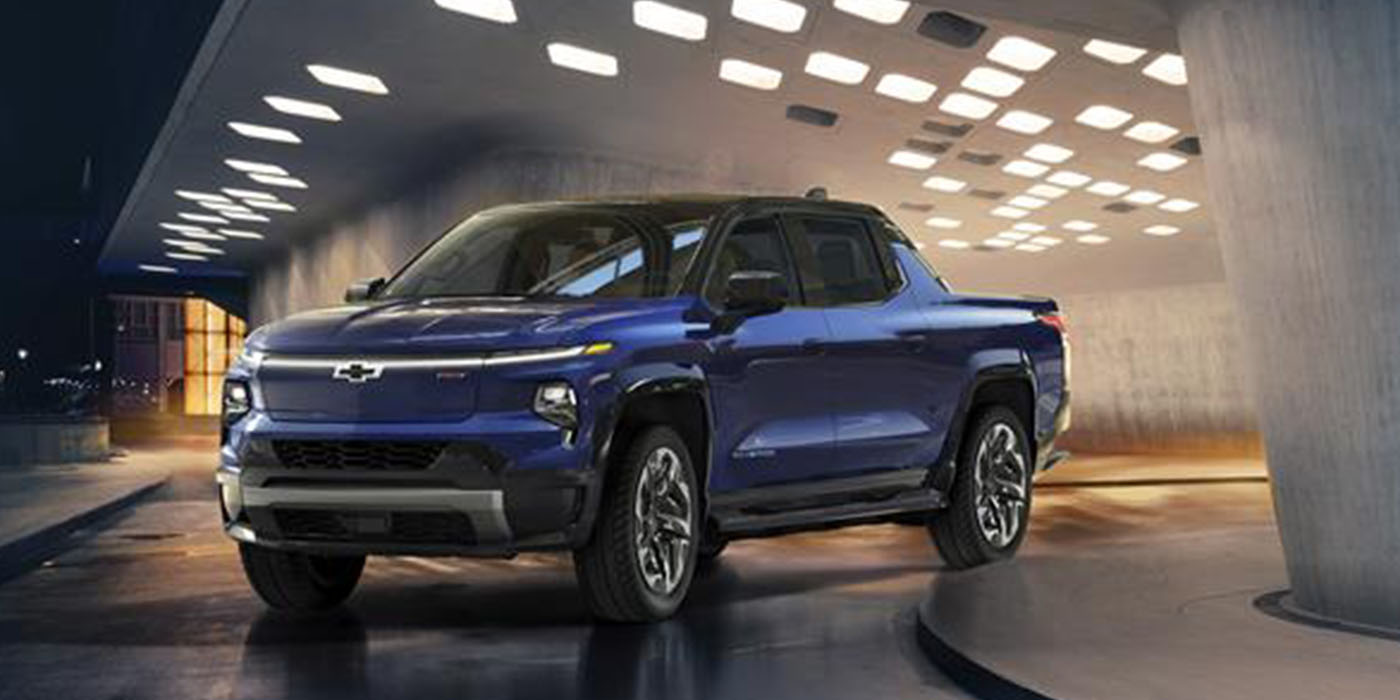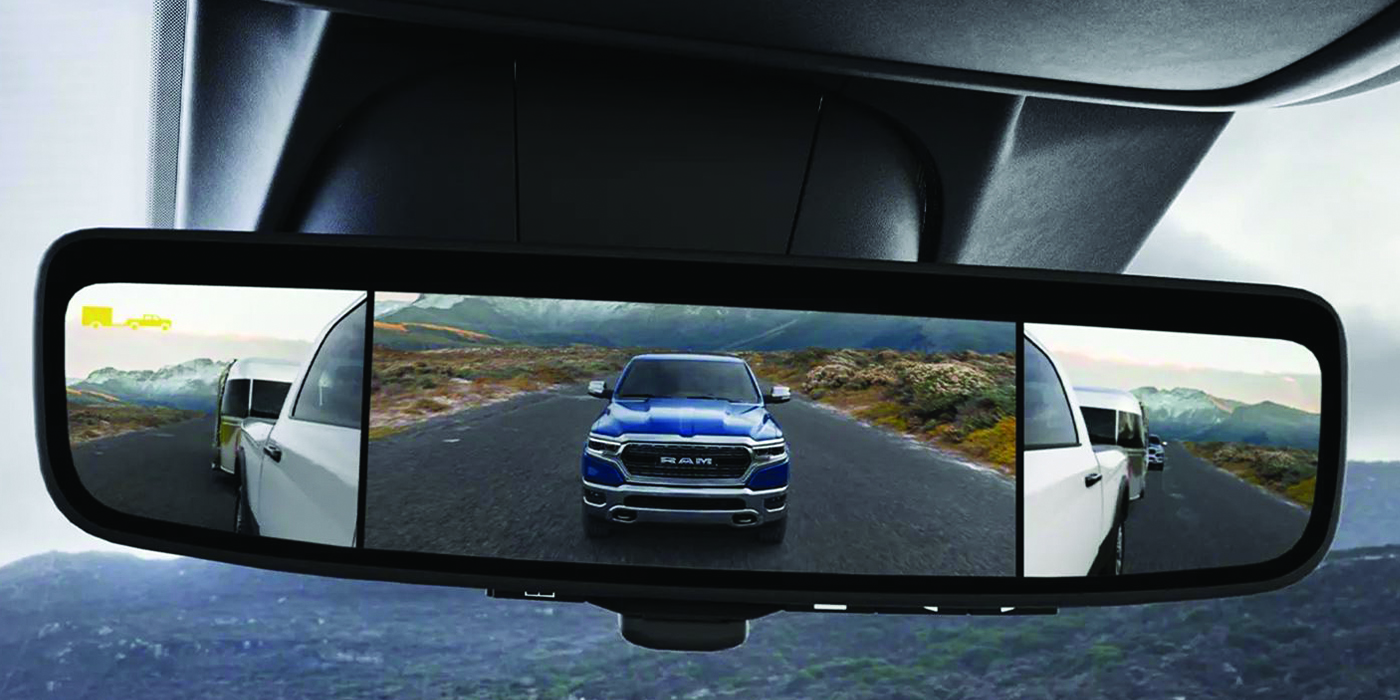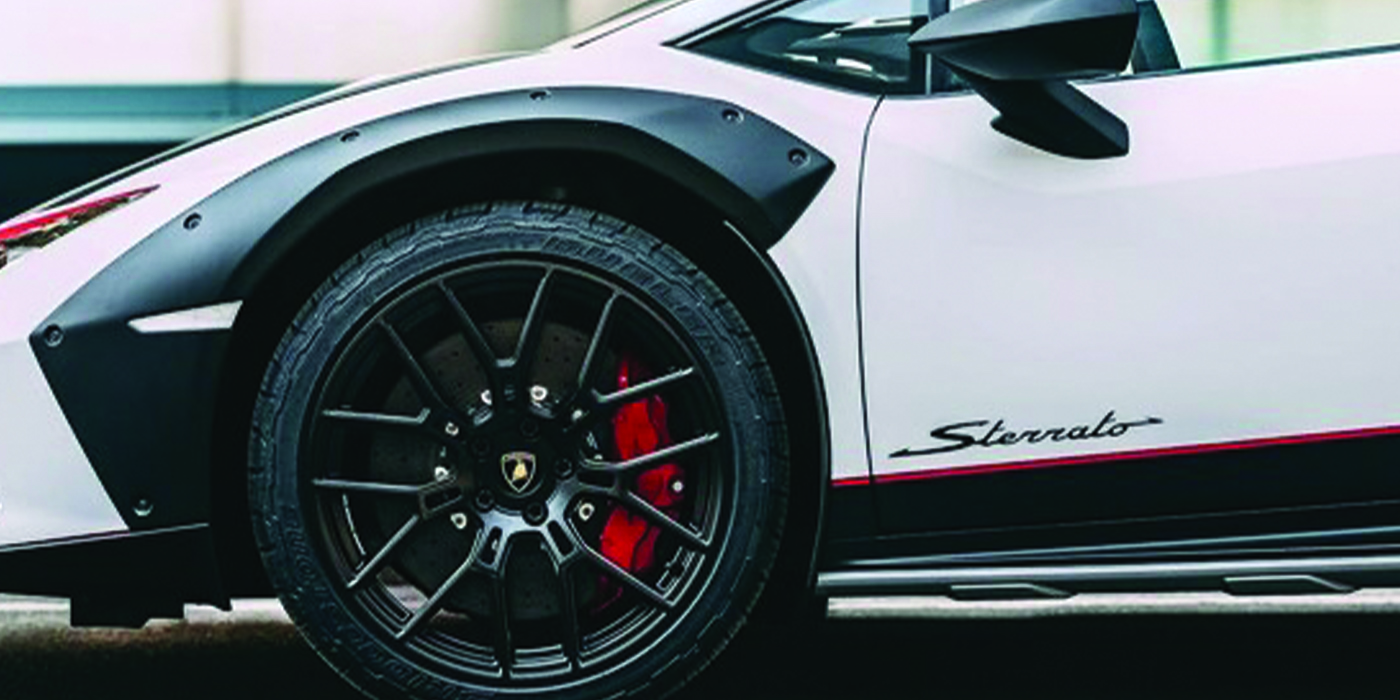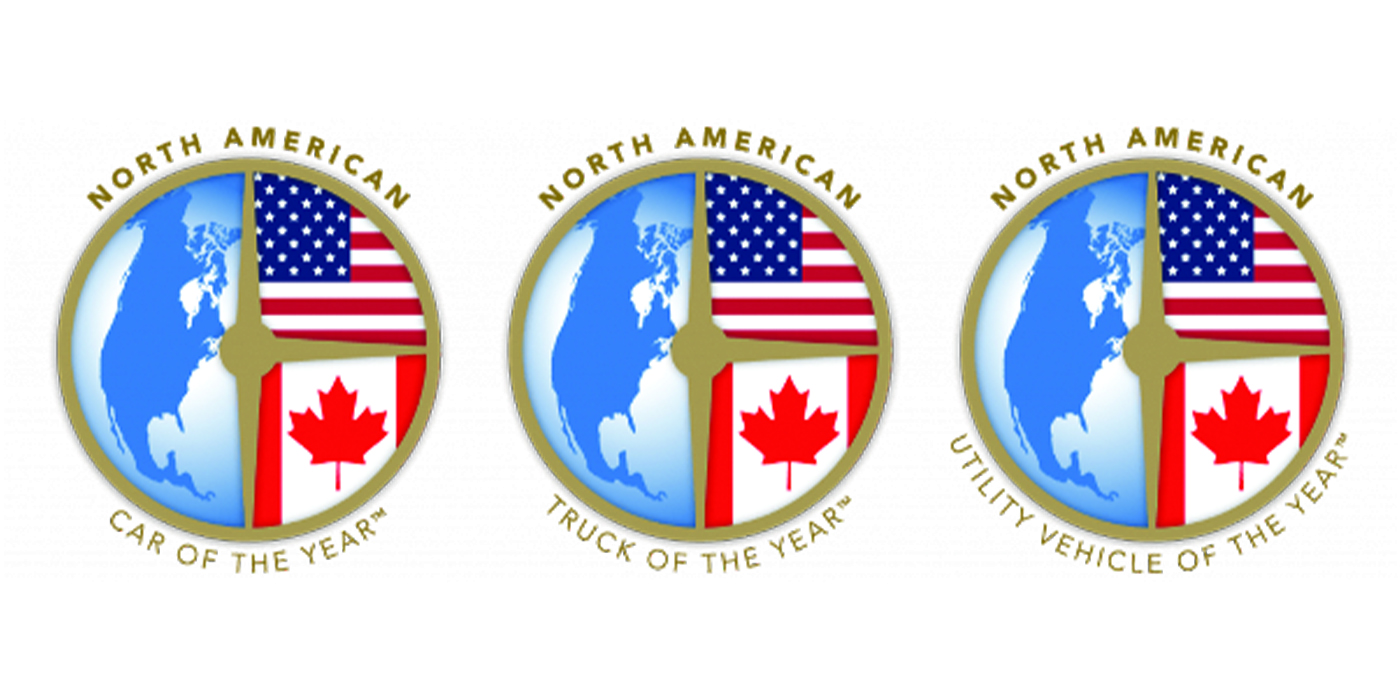NEW YORK, N.Y. — Familiarity with advanced vehicle intelligent sensing features is very low among American drivers, with fewer than one in 10 indicating they are very familiar with the following features: blind spot and cross-traffic detection systems (6 percent extremely/very familiar), driver recognition systems (5 percent) and night vision systems (6 percent), according to the Harris Interactive 2010 AutoTECHCAST study. Additionally, though slightly higher, only about one in 10 drivers are very familiar with parking assist systems (11 percent).
However, despite low familiarity, greater minorities of drivers indicate likelihood to purchase these features for their next new vehicle, indicating if automakers and suppliers educated consumers more about these technologies, interest may increase.
"Although these technologies are not well-known today, expect many of them to become commonplace over the next few years," said Dave Pulaski, vice president of Automotive & Transportation for Harris Interactive. "Once consumers learn about these features and their benefits, they will clamor for them."
The Harris Interactive 2010 AutoTECHCAST study is an annual survey of adult vehicle owners in the United States conducted between April 6, 2010 and April 26, 2010 that studies 69 advanced automotive technologies spanning across several categories that include: Entertainment, Exterior Comfort & Convenience, Glass, Intelligent Sensing, Interior Comfort & Convenience, Lighting, Powertrain & Alternative Fuels, Ride & Handling, Safety, and Telematics.
Blind Spot and Cross-Traffic Detection
Though only 6 percent indicate they are extremely or very familiar with blind spot and cross-traffic detection systems, there is obvious interest in these features, with one-quarter (24 percent) of drivers saying they would be extremely or very likely to purchase this for their next vehicle. Blind spot detection features identify people, other vehicles or objects within vehicles’ blind spots and provide an instant warning to the driver. Similarly, cross-traffic detection systems can detect vehicles, people or objects in a vehicle’s path while backing out of a parking space and alert the driver.
Driver Recognition System
Despite low familiarity with driver recognition systems (5 percent very/extremely familiar) interest in this feature has remained constant since 2005, with 22 percent indicating they would be extremely or very likely to purchase for their next vehicle. This system allows multiple drivers of a vehicle the ability to program various vehicle settings including seat positions, mirror positions and climate control and stereo settings that can all be activated when the driver enters the vehicle.
Night Vision System
Similar to the other advanced vehicle intelligent sensing technologies, familiarity with night vision systems is low, with only 6 percent saying they are extremely or very familiar, though nearly one quarter (24 percent) would consider purchasing this feature for their next vehicle. This technology provides the driver with a high-beam image of the road ahead, without distracting other drivers, using an infrared light beam that is invisible to the human eye. An on-board camera is used to capture images up to 500 feet away that are then presented on a display in the vehicle’s cockpit.
Parking Assist System
Given the recent promotion of parking assist systems by car companies, it’s not surprising 11 percent are extremely or very familiar with this technology. However, compared to the other technologies, fewer drivers are likely to consider purchasing this technology (12 percent). Parking assist systems help drivers park backwards or parallel park using a built-in computer and small sensors located at the rear of the vehicle. After confirming feasibility of targeted parking position, the vehicle’s parking movements would be done automatically by the vehicle.



